News Archive
Filter By
- Abyssinian ground hornbill
- Addax
- Aldabra tortoise
- Allen's swamp monkey
- Alpaca
- American alligator
- American avocet
- American bison
- American flamingo
- American wigeon
- Andean bear
- Aquatic caecilian
- Arapaima
- Asian elephant
- Asian small-clawed otter
- Asian water dragon
- Australian snake-necked turtle
- Bald eagle
- Baltimore oriole
- Barred owl
- Bearded emperor tamarin
- Beaver
- Bennett's wallaby
- Binturong
- Black-and-white ruffed lemur
- Black-crowned night heron
- Black-footed ferret
- Black-tailed prairie dog
- Black-throated blue warbler
- Blue-billed curassow
- Blue crane
- Bobcat
- Brown pelican
- Bufflehead
- California sea lion
- Canvasback
- Cedar waxwing
- Channel catfish
- Cheetah
- Chicken
- Chinese alligator
- Chinese three-striped box turtle
- Clouded leopard
- Collared brown lemur
- Common raven
- Common yellowthroat
- Corals and sea anemones (anthozoa)
- Cow
- Crocodile monitor
- Cuban crocodile
- Dama gazelle
- Degu
- Dunlin
- Eastern corn snake
- Eastern indigo snake
- Eastern newt
- Eastern red-backed salamander
- Eastern screech-owl
- Eld's deer
- Electric eel
- Emperor newt
- Fennec fox
- Fishing cat
- Gaboon viper
- Geoffroy's marmoset
- Gharial
- Giant leaf-tailed gecko
- Giant panda
- Goat
- Golden-headed lion tamarin
- Golden lion tamarin
- Gray seal
- Gray wolf
- Green tree python
- Grevy's zebra
- Guam kingfisher (sihek)
- Guam rail (ko’ko’)
- Guinea pig
- Harbor seal
- Hartmann's mountain zebra
- Hawk-headed parrot
- Hellbender
- Home's hinge-back tortoise
- Hooded crane
- Iranian fat-tailed gecko
- Japanese giant salamander
- King vulture
- Komodo dragon
- Kori bustard
- Kunekune pig
- Land hermit crab
- Larger Malay mouse-deer
- Lemur leaf frog
- Lesser hedgehog tenrec
- Lesser kudu
- Lion
- Loggerhead shrike
- Long-tailed chinchilla
- Long-tailed salamander
- Maned wolf
- Meerkat
- Miniature donkey
- Naked mole-rat
- North American porcupine
- North American river otter
- Northern Luzon giant cloud rat
- Northern pine snake
- Northern pintail
- Northern red salamander
- Northern snakehead fish
- Northern tree shrew
- North Island brown kiwi
- Norway rat
- Orangutan
- Orchard oriole
- Ossabaw Island hog
- Ostrich
- Ovenbird
- Pallas's cat
- Panamanian golden frog
- Patagonian mara
- Persian onager
- Philippine crocodile
- Prehensile-tailed porcupine
- Prevost's squirrel
- Przewalski's horse
- Pygmy slow loris
- Red-crowned crane
- Red-fronted lemur
- Red-rumped agouti
- Red-winged blackbird
- Red knot
- Red panda
- Red River hog
- Red ruffed lemur
- Red wolf
- Ring-tailed lemur
- Ruddy duck
- Schmidt's red-tailed monkey
- Scimitar-horned oryx
- Screaming hairy armadillo
- Semipalmated plover
- Semipalmated sandpiper
- Siamang
- Sitatunga
- Sloth bear
- Southern lesser galago
- Southern swamp sparrow
- Southern tamandua
- Spider tortoise
- Striped skunk
- Tanagers
- Tentacled snake
- Tiger
- Titi monkey
- Turkey
- Twig catfish
- Two-toed sloth
- Vietnamese mossy frog
- Virginia opossum
- Von der Decken's hornbill
- Western lowland gorilla
- White-cheeked gibbon
- White-faced saki
- White-naped crane
- White-nosed coati
- Whooping crane
Displaying 1176 - 1200 of 2363 articles.
Holstein Cow Dies at the Smithsonian’s National Zoo
Kids’ Farm keepers at the Smithsonian’s National Zoo are mourning the loss of Tulip, a 13-year-old Holstein cow who was humanely euthanized July 24.
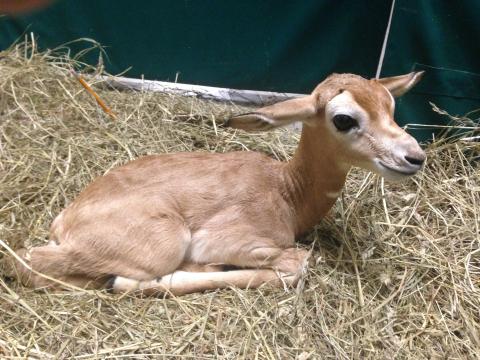
Keepers Hand-Raising Dama Gazelle Calf at Smithsonian Conservation Biology Institute
Animal keepers at the Smithsonian Conservation Biology Institute are hand-raising a dama gazelle calf. The male calf was born July 4.
Three Endangered Red Panda Cubs Born at Smithsonian Conservation Biology Institute
Two litters of red panda cubs were born at the Smithsonian Conservation Biology Institute last month within days of each other.
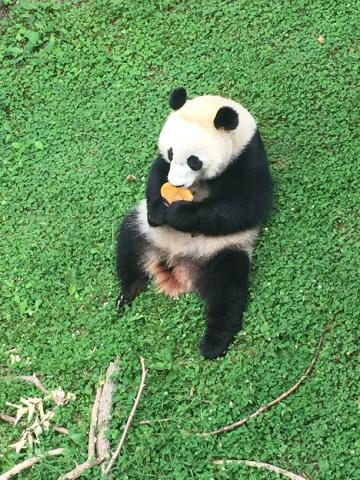
Giant Pandas in Summertime
Activity at the giant panda habitat has slowed since the flurry of breeding season in May. Keepers, Smithsonian Conservation Biology Institute scientists and veterinarians were monitoring Mei Xiang very closely to determine when she would ovulate. Her chance to conceive a cub arrived May 25. Now...
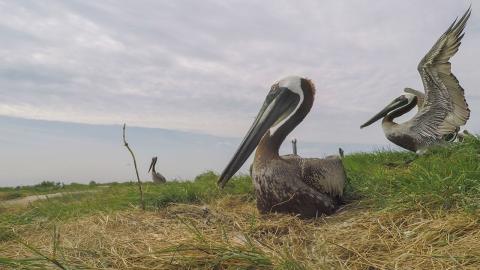
Brown Pelican Banding on Adam Island
On July 11, Smithsonian Migratory Bird Center scientist Autumn-Lynn Harrison set out to deploy GPS tags on the Chesapeake Bay’s brown pelicans to track their migrations and better understand the iconic birds.
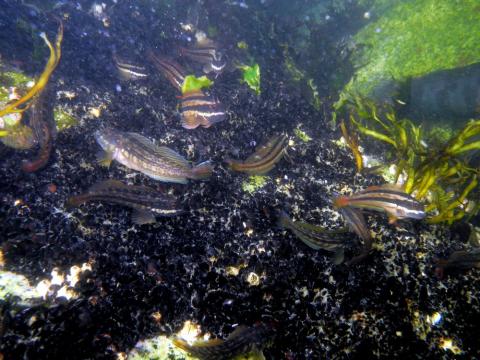
Home, Sweet (Artificial) Home
About 100 kilometers south of Lima on the coast of Peru, an expansive community of marine invertebrates, fish and seabirds has taken up residency in a seemingly unlikely place: in the hard-bottom space created by a barrier, called a breakwater, protecting South America’s first Liquefied Natural Gas...
Smithsonian Scientist and Partners Revolutionize Vital Conservation Tool With Use of Gold Nanotechnology and Lasers
A new cryopreservation study has sweeping implications for wildlife conservation and human health. In a paper published July 13 in ACS Nano, the Smithsonian Conservation Biology Institute and University of Minnesota provide the first-ever reproducible evidence for the successful cryopreservation of...
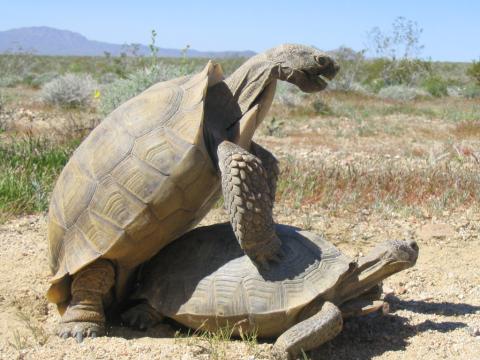
Tortoise Dudes and Duds: A Q&A with SCBI’s Rob Fleischer
In a shell of a paternity test story, Smithsonian Conservation Biology Institute (SCBI) scientists found that male desert tortoises that had been relocated from a threatened habitat to a new nearby home are reproducing at a much, much lower rate than resident males. Genetic paternity testing of 92...
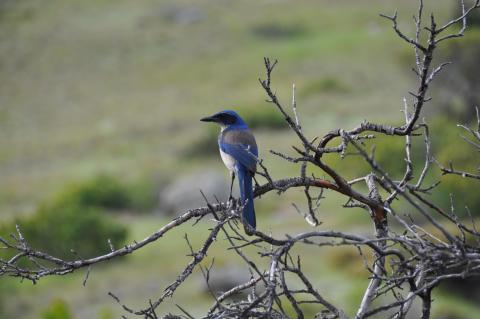
Island Scrub-jays Defy Biological Expectations…Again
The island scrub-jay, a songbird endemic to Santa Cruz Island off the coast of southern California, has made headlines in recent years for bucking evolutionary and biological trends—and is at it again this year.
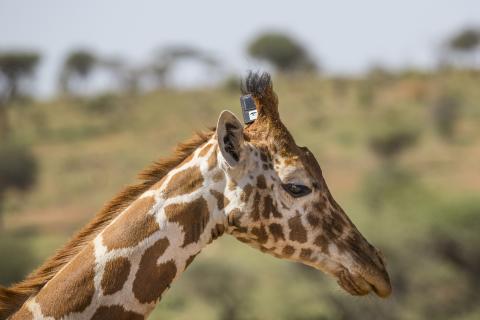
Newly Collared Giraffes in Kenya Could Pave Path for Species Conservation
In June, SCBI scientists and partners fitted the ossicones of 11 reticulated giraffes with GPS collars that send hourly data to researchers via satellite.
Sumatran Tiger Cub Born at the Smithsonian’s National Zoo
Great Cats keepers at the Smithsonian’s National Zoo are celebrating the birth of a Sumatran tiger, a critically endangered species. The cub’s mother, 8-year-old Damai, gave birth at 4:17 p.m. on July 11.
Red Panda and Dama Gazelle Die at the Smithsonian Conservation Biology Institute
An adult female red panda and an adult female dama gazelle died at the Smithsonian Conservation Biology Institute during the past week. Both deaths were the result of natural causes.

Working Landscapes and Seascapes Secretary’s Scholar
In January, Tom Akre, former director of Virginia Working Landscapes (VWL), was appointed to the new position of Working Landscapes and Seascapes Scholar.

Circle of Life Society Annual Donor Recognition Event
On June 8, the Smithsonian’s National Zoo and Conservation Biology Institute hosted 27 Circle of Life Society donors for an exclusive donor recognition event at the Zoo’s Research Hill—home to the Center for Conservation Genomics, Smithsonian Migratory Bird Center and Department of Wildlife Health...
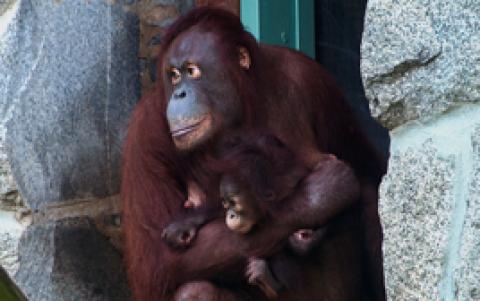
Orangutan Infant Redd Explores His Surroundings
Bornean orangutan infant Redd is 9 months old! Although he still sticks close to mom, Batang, and she keeps a watchful eye on him, he is very active and seems to enjoy exploring his surroundings.
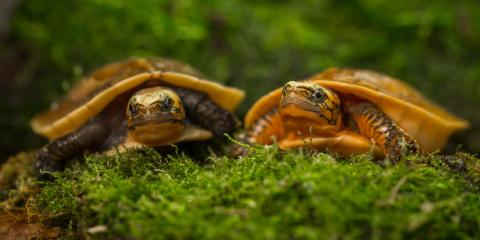
The Secret to Saving a Species
Shell-ebration is in order for the Reptile Discovery Center, where two critically endangered Bourret’s box turtles hatched for the first time in the Smithsonian’s National Zoo’s history. This conservation success was more than a decade in the making for animal keeper Lauren Augustine, who manages...
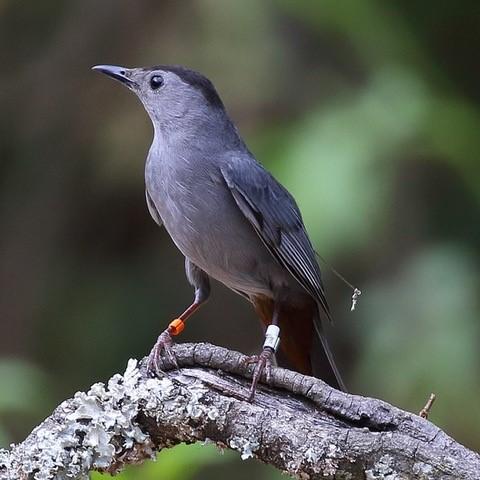
Tracking Catbirds with Conservation Technology
Fitted with a GPS device the weight of a paperclip, a gray catbird in the Washington, D.C., area flies south, unaware that the device records its every move. That data is key for conservation biologists, like Brandt Ryder of the Smithsonian Migratory Bird Center, who aim to understand the threats...
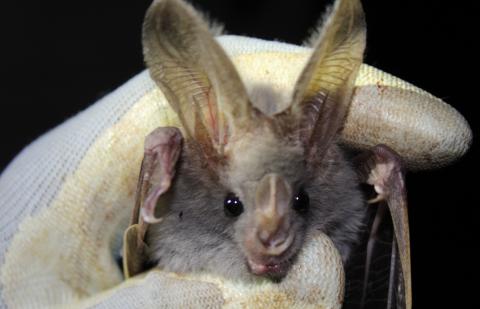
Predicting the Future of Global Health: Kenya
How does a conservation organization stop a threat to wildlife that cannot be seen by the naked eye? They examine it under a microscope.

A Day in the Life of an Asia Trail Keeper
Training sloth bears, making an otter puzzle feeder and researching red pandas by studying their poop. It’s all in a day’s work for animal keeper Tallie Wiles! Follow her story for a behind-the-scenes glimpse into a day in the life of an Asia Trail keeper. Asia Trail is home to the Smithsonian's...
Scimitar-horned Oryx Humanely Euthanized
The Smithsonian Conservation Biology Institute (SCBI) humanely euthanized a X-year-old female scimitar-horned oryx, named Jenna, on June 18.
Critically Endangered Bourret’s Box Turtles Hatch at the Smithsonian’s National Zoo
Keepers at the Smithsonian’s National Zoo are celebrating a conservation success five years in the making: a pair of Bourret’s box turtle hatchlings.
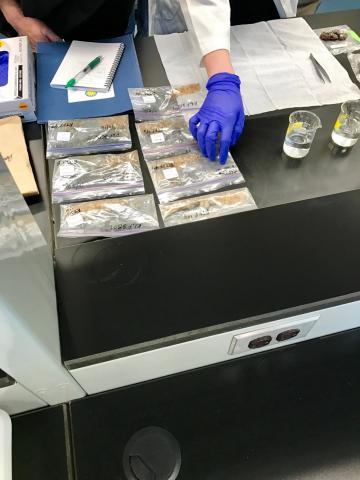
Genomics: The New Frontier
On May 10, inquiring minds spent a day with Smithsonian scientists at the fourth annual Conservation Immersion Seminar – Genomics: The New Frontier. The seminar was held at the Zoo’s Rock Creek Science Building where participants learned how genomics can be applied to conservation, saw DNA...
Natural Canopy Bridges Maintain Vital Connections for Arboreal Mammals in Fragmented Forests
In the largest camera-trap study ever conducted in a forest canopy, Smithsonian scientists and partners found that tree-dwelling mammals were willing to travel using intentionally preserved natural bridges.
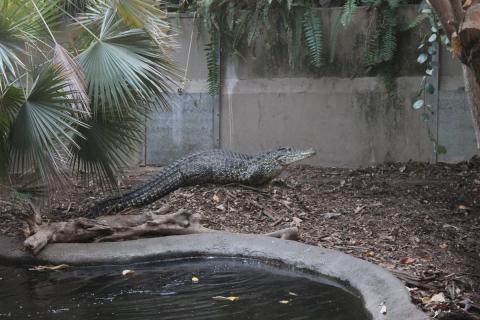
Guarding the Nest
It's nesting season. In April, the Reptile Discovery Center's Cuban crocodile Blanche built up a large mound nest. She constructed the nest by kicking up the mulch in the exhibit into a central location.
Harrison Ford and Betty White To Receive Medals From Smithsonian
The James Smithson Bicentennial Medal will be presented Sept. 28 to Harrison Ford and Betty White to honor their commitment to wildlife and efforts to create a sustainable planet. The medals will be presented by Smithsonian Secretary David Skorton at the Smithsonian’s National Zoo and Conservation...
